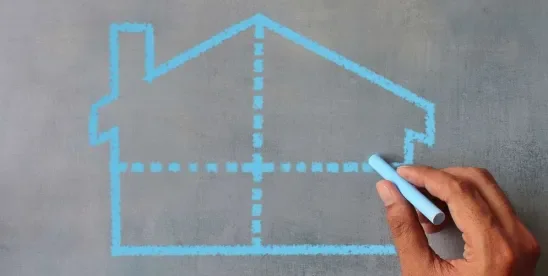On April 20, 2024, after months of negotiations, the New York State Legislature enacted the state’s 2024-2025 Budget (Budget). The Budget represents the most significant state action on housing in several budget cycles and includes, among other provisions: (i) the “Affordable Neighborhoods for New Yorkers” tax exemption (otherwise known as “485-x”) to incentivize new multifamily construction, (ii) the Good Cause Eviction Law, (iii) incentives for office-to-residential conversions, (iv) authorization for New York City to raise the Floor Area Ratio cap, and (v) an increase in the allowance for Individual Apartment Improvements for Rent Stabilized Units. This article summarizes 485-x.
485-x
In the Budget, the state legislature recognized the need to incentivize the creation of additional housing supply statewide and particularly in New York City, where vacancy rates have hit crisis levels. Almost two years after the expiration of 421-a(16), a tax exemption for new multifamily construction that state legislators in Albany allowed to expire in 2022 (and which the Governor’s Office estimates was responsible for producing more than two-thirds of all newly-constructed multifamily housing in New York City over the last decade), the Budget extends, to June 2031, the construction deadline for projects that were eligible to receive tax benefits under 421-a(16) but which are not on track to reach completion before the original 421-a(16) completion deadline. To take advantage of the extended 421-a(16) completion deadline, the project owner must first give notice to the New York City Department of Housing Preservation and Development (HPD). Finally, the Budget replaces 421-a(16) with 485-x, a successor tax incentive program modeled on 421-a(16).
485-x will provide tax exemptions of up to 40 years — five years longer than 421-a(16) — and will mandate that income-restricted units must remain affordable in perpetuity. The exemption will expire in June 2034.
- Affordability Levels: The Budget provides a variety of affordability requirements depending on the location and size of the project as follows:
- Affordability Option A:
- (i) Large Rental Projects: a 35-year tax exemption for projects containing at least 100 units, located anywhere in New York City, that set aside 25 percent of units for tenants earning, on average, 80 percent of Area Median Income (AMI) or less; or
- (ii) Very Large Rental Projects: a 40-year tax exemption for projects containing at least 150 units located within Zone A or Zone B (each defined below) that set aside 25 percent of units for tenants earning, on average, 60 percent of AMI or less.
- Affordability Option B (Modest Rental Projects): a 35-year tax exemption for projects containing between six and 99 units that set aside 20 percent of units for tenants earning, on average, 80 percent of AMI or less.
- Affordability Option C (Small Rental Projects): a 10-year tax exemption for projects containing more than five units and fewer than 11 units outside of Manhattan on a zoning lot that permits no more than 12,500 square feet of floor area and that subject at least 50 percent of the units to rent stabilization.
- Affordability Option D (Homeownership): a 20-year tax exemption for homeownership projects outside of Manhattan where 100 percent of the units have an average assessed value per square foot that does not exceed $89 on the first tax assessment and the owner agrees to maintain the unit as the owner’s — primary residence requirement for a period of at least five years from the acquisition of the unit.
- For Affordability Options A and B, no more than three income bands are permitted, and no income band may exceed 100 percent AMI.
- Affordability Option A:
- Minimum Wages: Unless workers are subject to a Project Labor Agreement or Collective Bargaining Agreement, contractors on projects that include more than 150 units in some of the densest parts of New York City, including south of 96th Street in Manhattan as well as the Brooklyn and Queens waterfronts (which the Budget refers to as “Zone A”), must pay construction workers the lesser of $72.45 per hour or 65 percent of the prevailing wage. Contractors on projects in less dense neighborhoods in the outer boroughs, including Dumbo, Brooklyn Heights, Astoria and Queensbridge (which the Budget refers to as “Zone B”), must pay construction workers $63 per hour or 60 percent of the prevailing wage. Contractors on projects that include more than 150 units, but that are not located in Zone A or Zone B, as well as Contractors on projects that include between 100 units and 149 units citywide, must pay construction workers a minimum wage of $40 per hour. The minimum wages set forth in the Budget are set to increase each year to keep pace with inflation.
- Minority- and Women-Owned Business Enterprises (MWBE): Over the course of the design and construction of a project, reasonable efforts must be made to spend at least 25 percent of total applicable costs on contracts with MWBE.
- Notice: Owners must give details of a 485-x project to the fiscal officer and HPD at least three months prior to the start of construction. Failure to do so may result in fines, penalties and forfeiture of the tax exemption.








 />i
/>i

